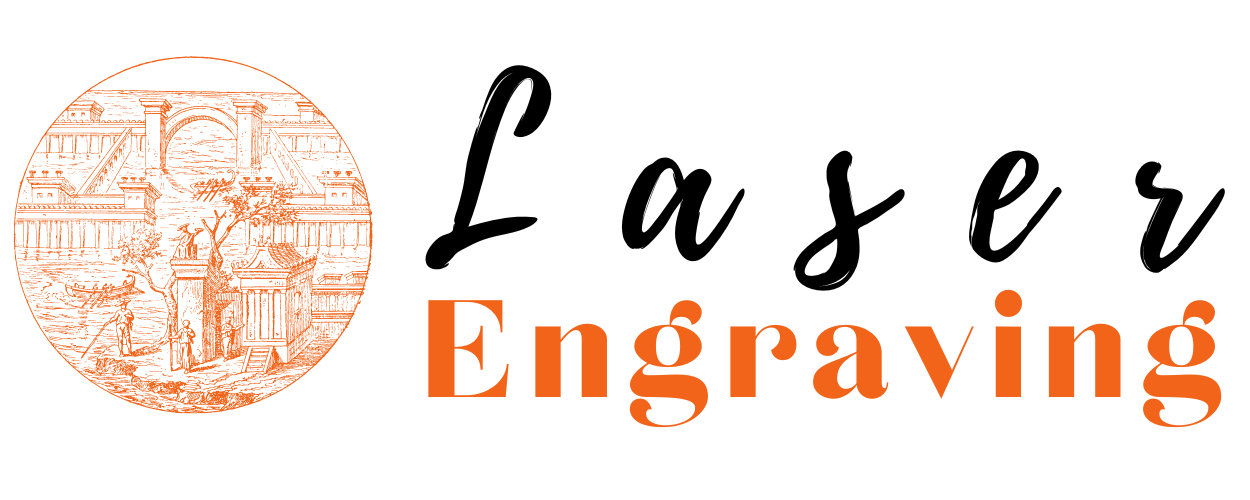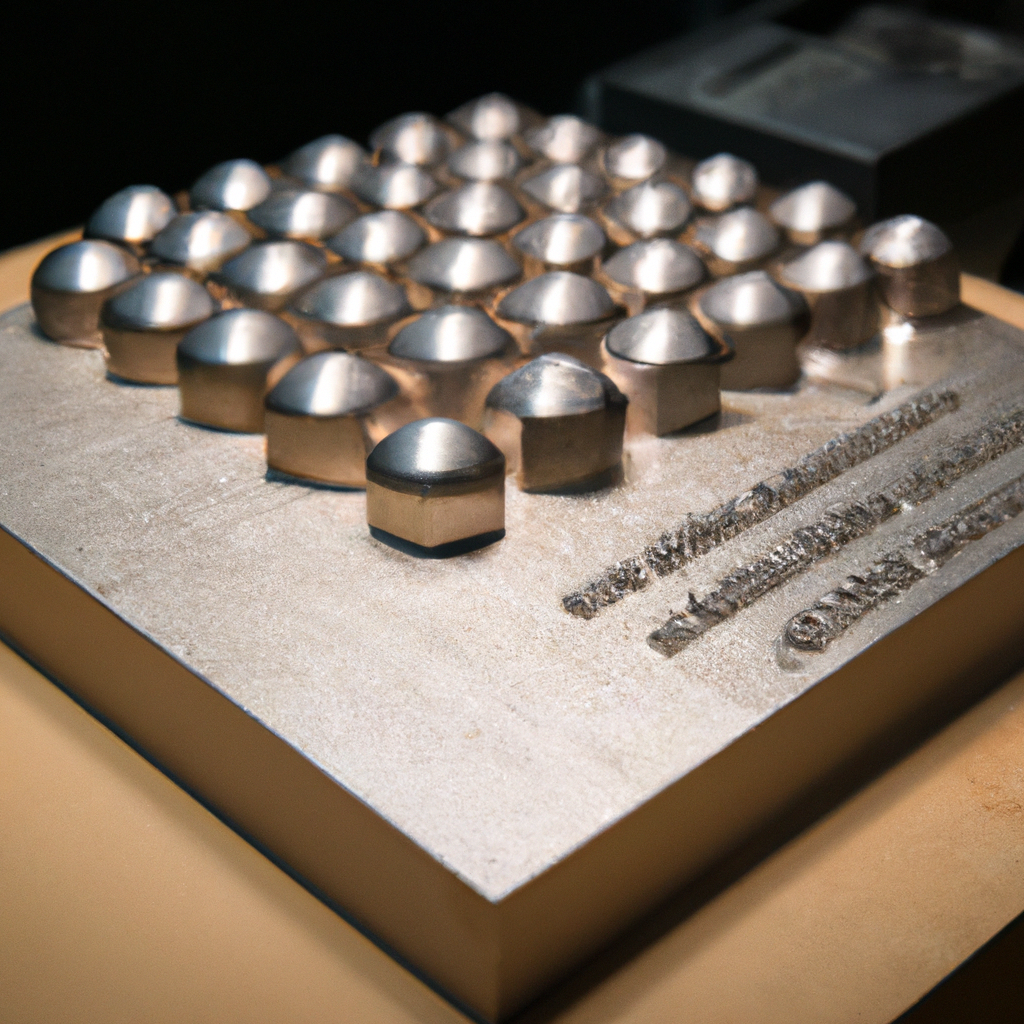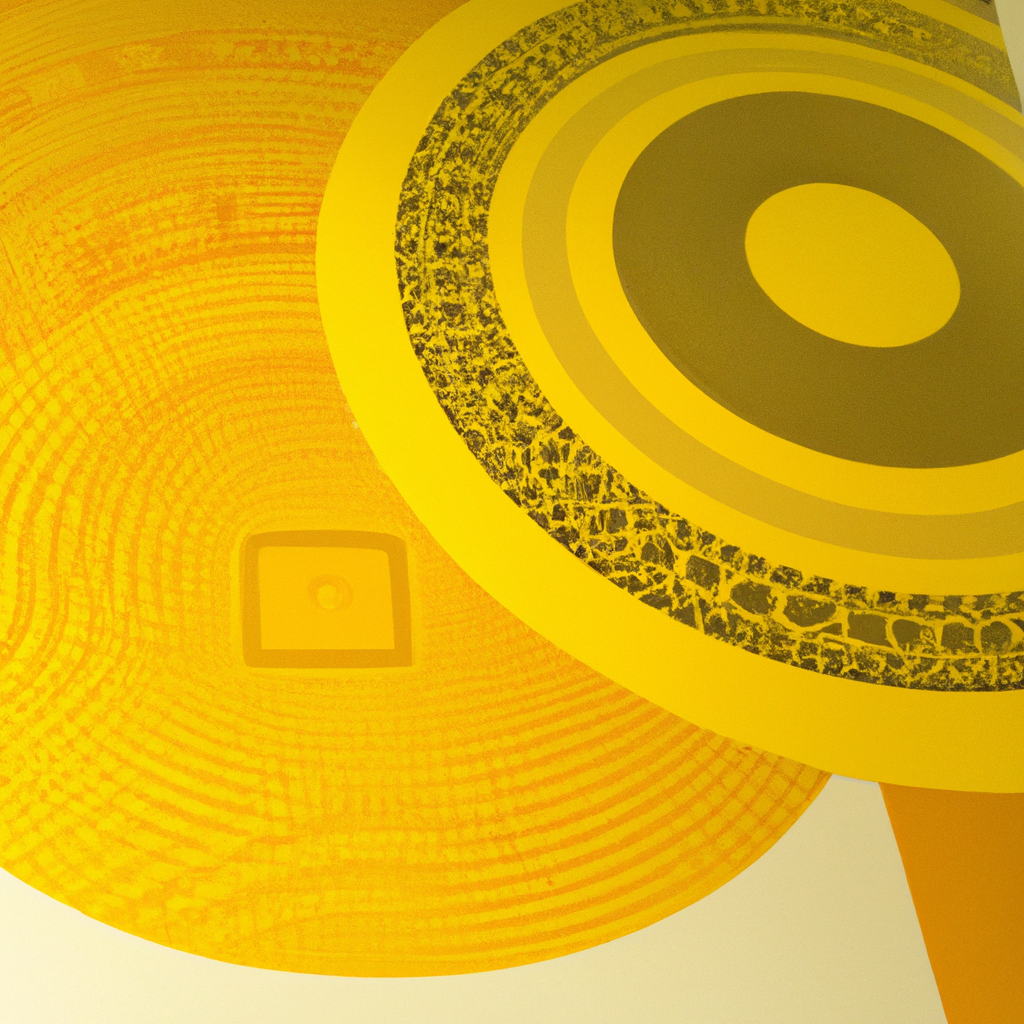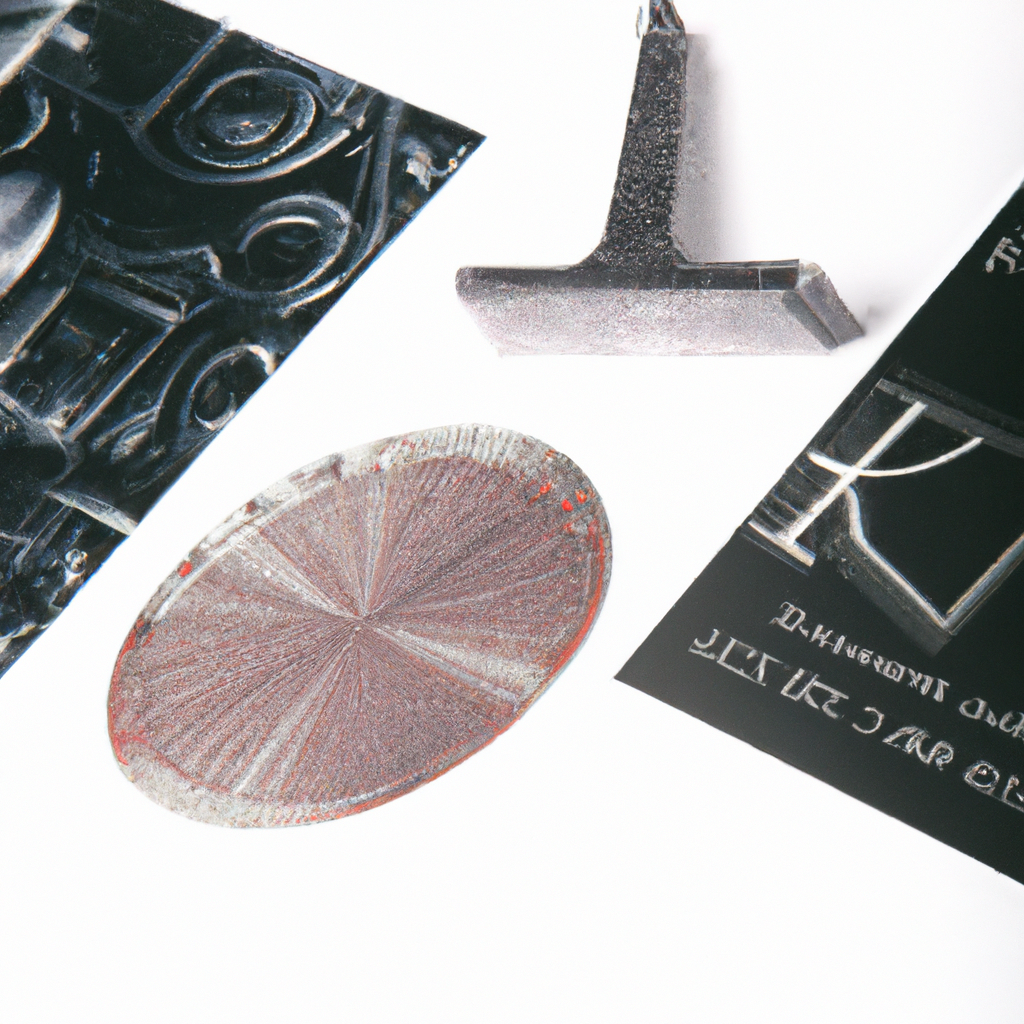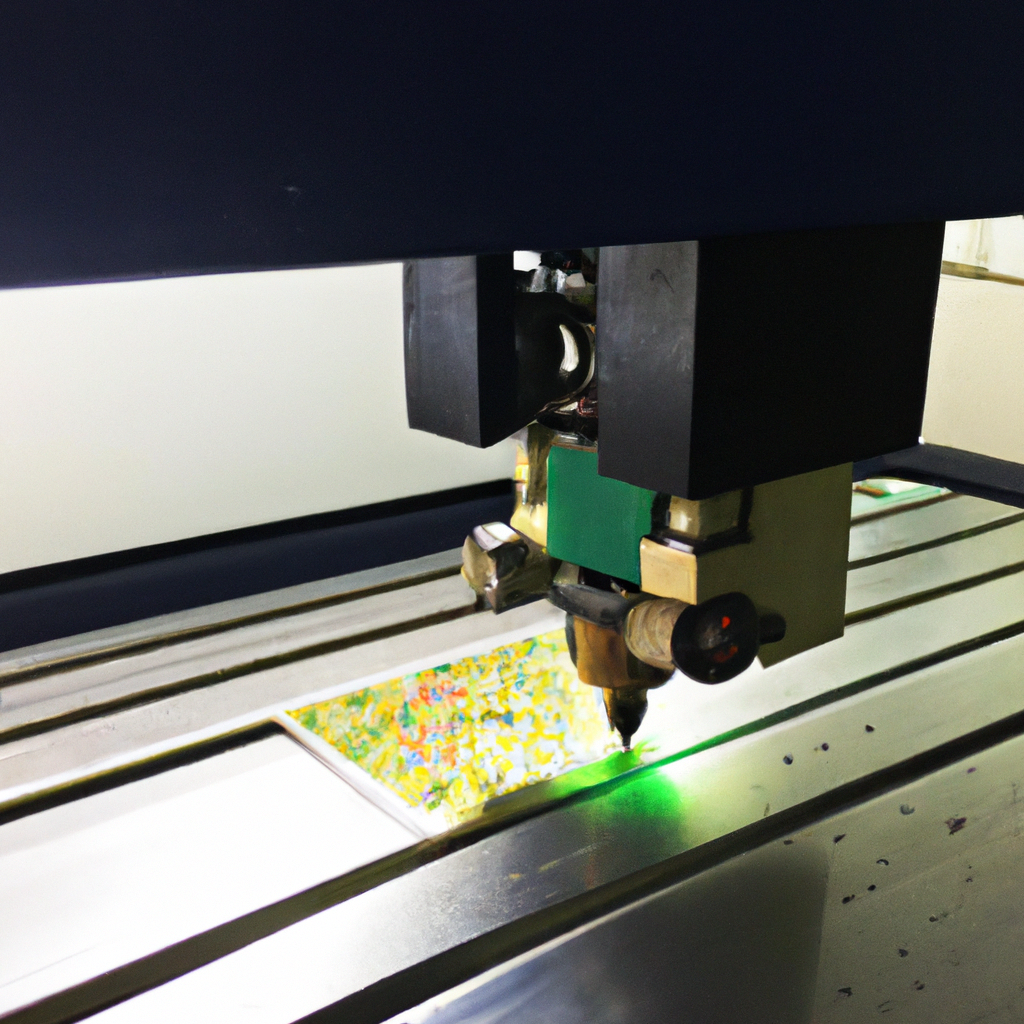Laser Engraving Materials
Laser engraving is a highly versatile and precise method of marking or engraving materials. It utilizes a focused laser beam to etch designs, text, or patterns onto various surfaces. This technology has gained immense popularity in industries such as manufacturing, jewelry, signage, and even personalization of gifts.
When it comes to laser engraving, the choice of materials plays a crucial role in achieving the desired results. The right material selection can ensure high-quality engravings with excellent contrast, durability, and overall aesthetic appeal. In this article, we will explore some commonly used laser engraving materials and their characteristics.
1. Wood
Wood is a classic choice for laser engraving due to its natural beauty and versatility. Different types of wood, such as birch, cherry, maple, and bamboo, can be used for laser engraving. These materials offer a wide range of colors, textures, and grain patterns, thereby allowing for unique and visually appealing engravings.
It is essential to select hardwoods for laser engraving, as they produce better results compared to softwoods. Hardwoods have a tighter grain structure, resulting in sharper and more defined engravings. Additionally, the choice of wood thickness is crucial to ensure optimal engraving depth and strength.
2. Acrylic
Acrylic, also known as Plexiglas or PMMA (polymethyl methacrylate), is another popular material for laser engraving. It is a transparent thermoplastic that can be easily engraved, providing a clear and polished finish. Acrylic is available in various colors, including transparent, translucent, and opaque options, allowing for endless design possibilities.
One of the significant advantages of engraving acrylic is its ability to create a frosted or matte effect, enhancing the visual appeal of the engraved artwork. Additionally, acrylic is lightweight, durable, and resistant to fading, making it ideal for both indoor and outdoor applications.
3. Metal
Contrary to popular belief, laser engraving can also be done on certain metals. However, this process requires a higher-powered laser and specialized techniques. Metals such as stainless steel, aluminum, and brass can be engraved with lasers, producing permanent and highly precise markings.
Laser engraving on metal offers several advantages, including durability and resistance to wear, chemicals, and outdoor elements. It is commonly used in the industrial sector for part marking, serial numbers, barcodes, and logos. The color and contrast of the engraving depend on the type of metal and the laser settings used.
4. Glass
Laser engraving on glass provides an elegant and sophisticated look, making it a popular choice for personalized gifts, awards, and decorative items. The laser beam creates micro-fractures on the glass surface, resulting in a frosted appearance. The contrast and visibility of the engraving can be enhanced by applying color-fill techniques.
When engraving glass, it is crucial to use specialized laser settings and techniques to prevent cracking or shattering. It is recommended to use borosilicate or tempered glass for laser engraving, as they are more resistant to heat and less likely to break.
5. Leather
Laser engraving on leather offers a unique way to personalize various products such as wallets, bags, belts, and even footwear. It allows for the creation of intricate patterns, logos, or text with high precision and detail. Leather engraving can be done on both natural and synthetic leather materials.
The laser beam burns the surface of the leather, resulting in a darkened or contrasting engraving. The depth and darkness of the engraving can be adjusted based on the desired effect. It is essential to choose high-quality leather for laser engraving to ensure consistent and desirable results.
6. Plastics
Laser engraving is widely used for marking and personalizing plastic products. Different types of plastics, including ABS, PVC, and polycarbonate, can be engraved, offering versatility in terms of color and finish. The laser beam removes a thin layer of the plastic surface, creating permanent and precise engravings.
Plastic engraving is commonly used in industries such as signage, electrical, and automotive for labeling, branding, and identification purposes. The choice of plastic should be based on its compatibility with laser engraving and the desired application.
Conclusion
Choosing the right material is crucial for successful laser engraving projects. Wood, acrylic, metal, glass, leather, and plastics are just a few examples of the vast range of materials that can be engraved using laser technology. Each material offers unique characteristics, allowing for endless creative possibilities.
It is essential to consider factors such as material thickness, durability, color options, and laser settings when selecting engraving materials. Experimentation and testing different materials can help optimize the laser engraving process and achieve the desired results. So unleash your creativity and explore the world of laser engraving with these versatile materials!
